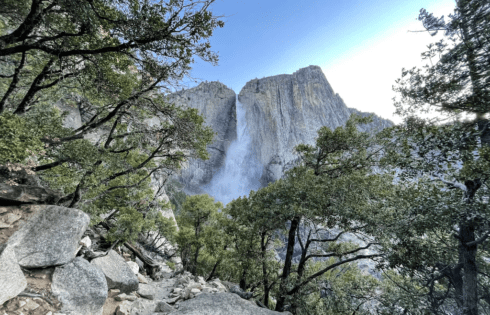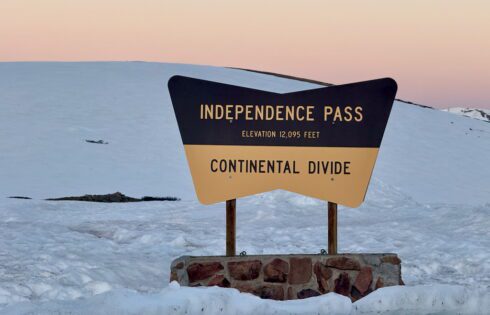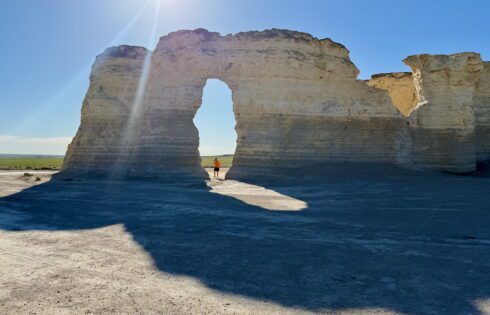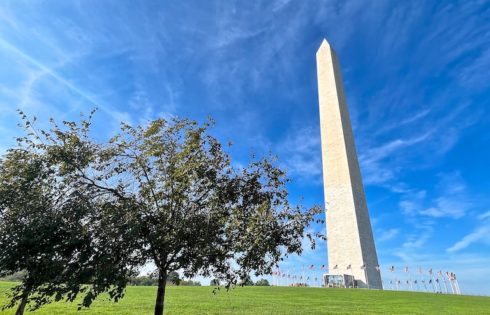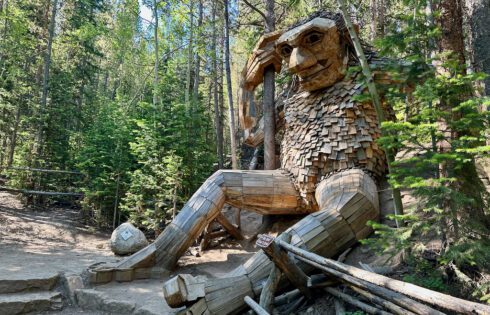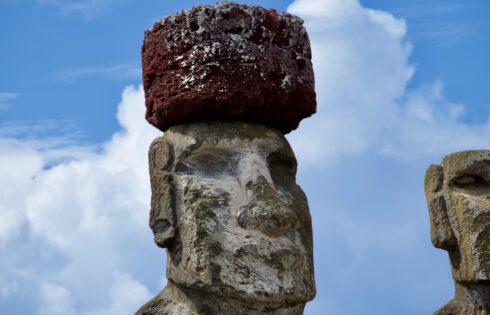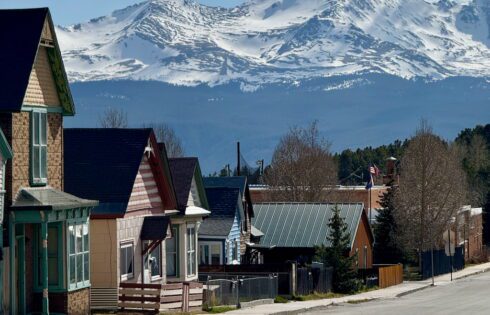
8 Things I learned Living in the Highest City in the US: Over 10,000 feet in elevation!
Our latest adventures took us to Leadville, Colorado, where we spent about two months soaking up life at serious altitude. Leadville’s big claim to fame? It’s the highest incorporated city


